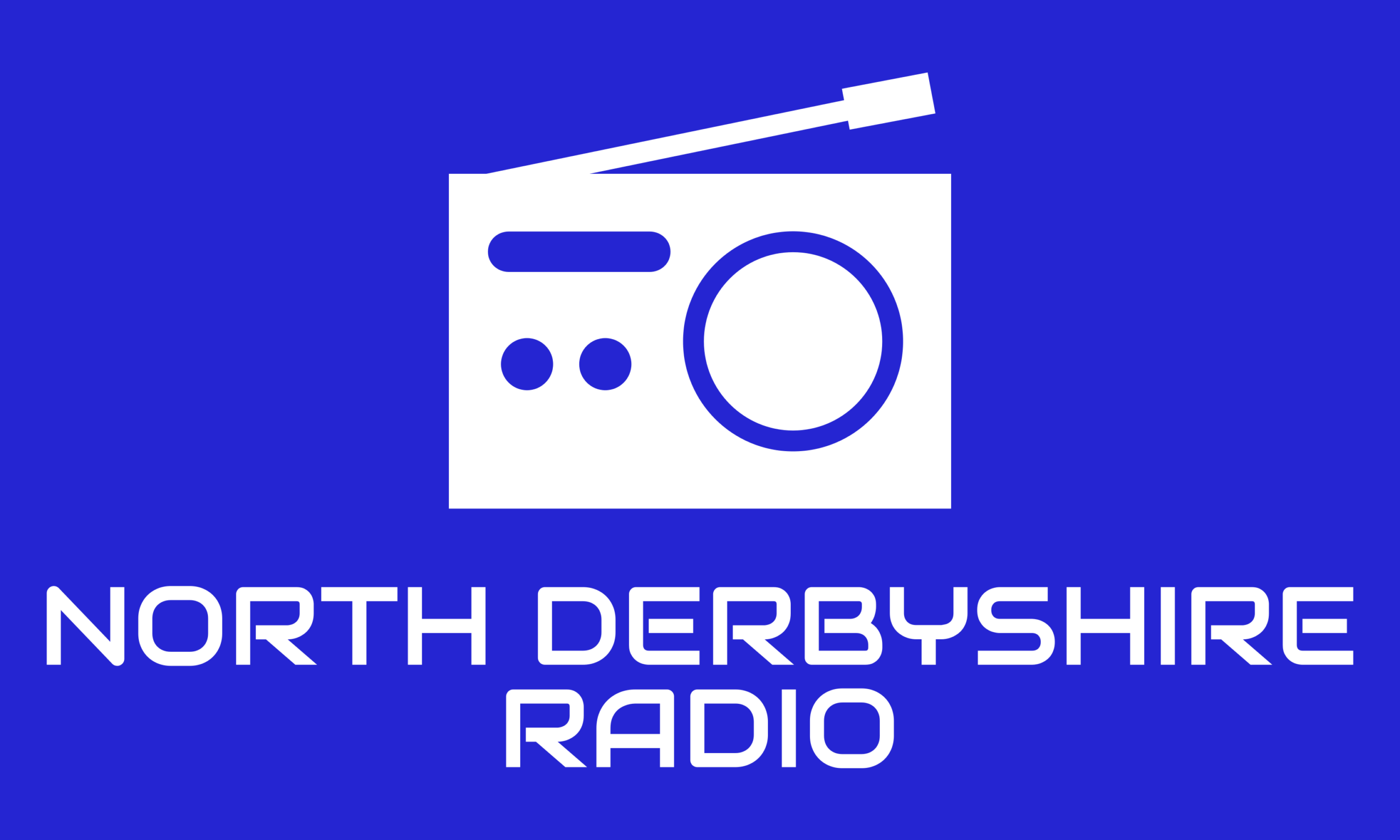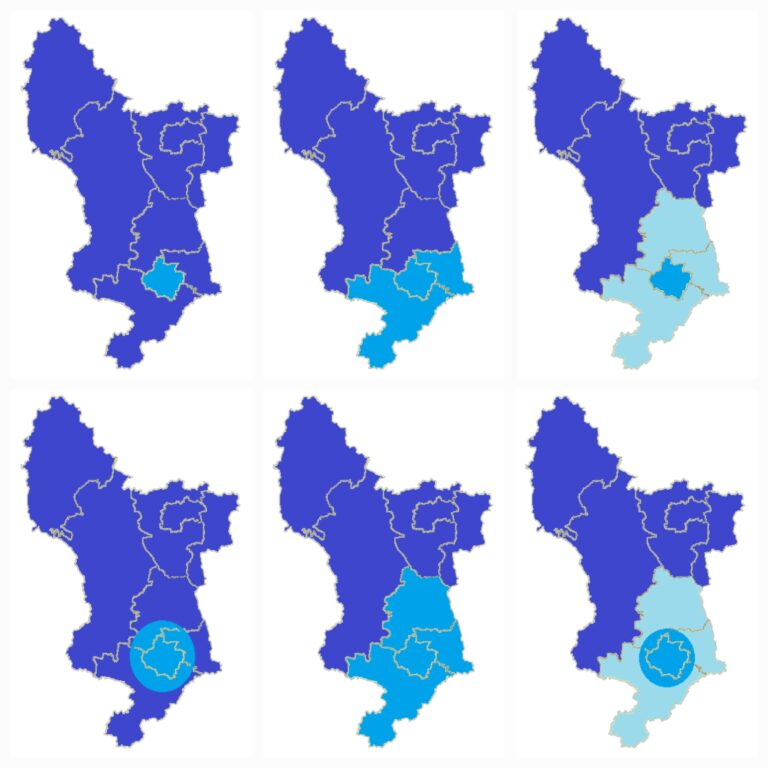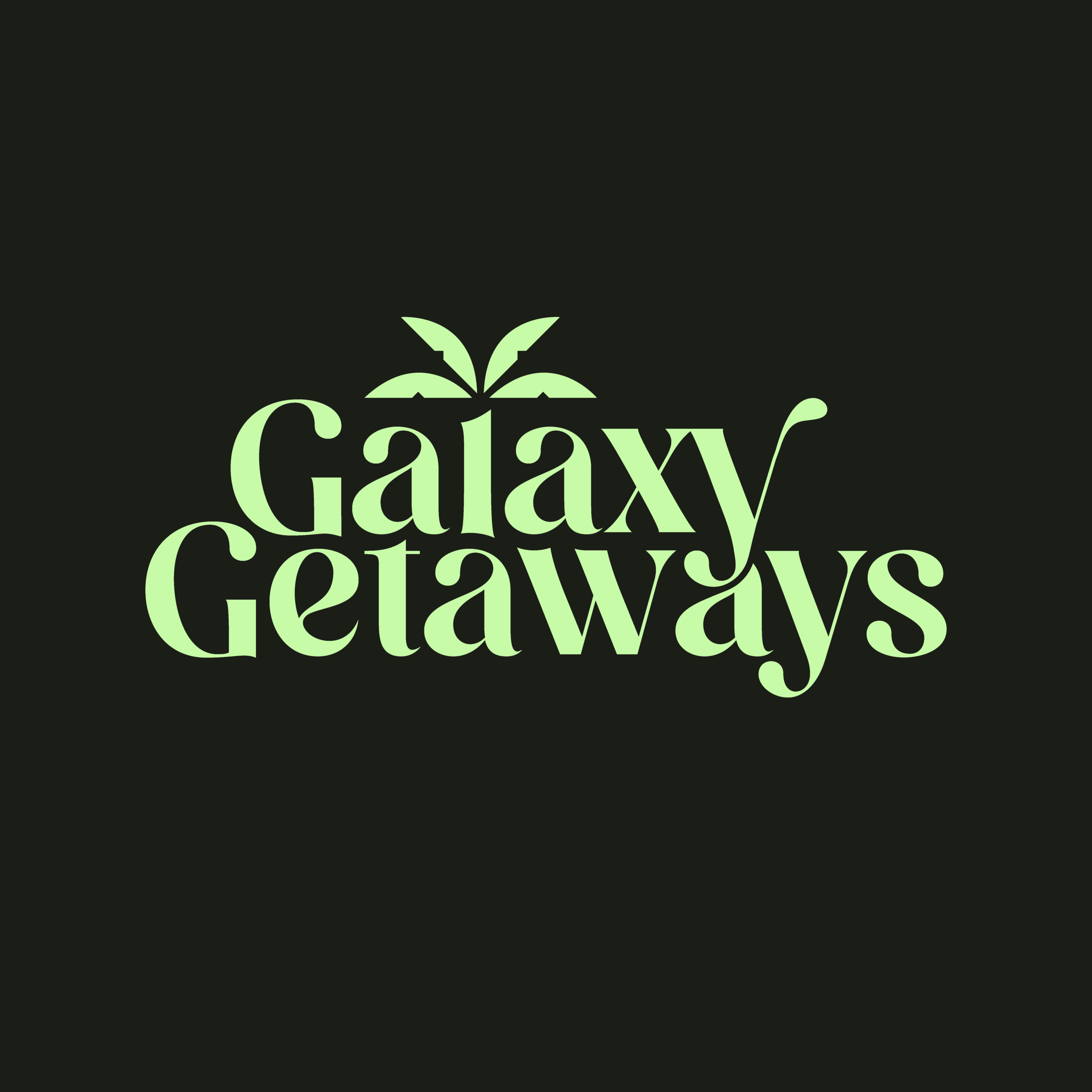Derbyshire councils are in deadlock over how to redraw the county’s local government map after the impending scrapping and merging of all its major authorities.
It has become a case of Derbyshire County Council versus the eight district councils (Amber Valley, Bolsover, Chesterfield, Derbyshire Dales, Erewash, High Peak, North East Derbyshire and South Derbyshire) along with Derby City Council.
Central Government told councils in December to come up with plans for new unitary authorities, with a population of at least around 500,000 or higher, with Derbyshire currently having 10 councils and a population of more than one million people.
The county council got ahead of the pack in January and submitted its own initial independent bid for Derbyshire to have two councils – one for Derby and one for the current county council area – dubbed the “doughnut” approach.
Derbyshire council – 796,846 population
Derby council – 266,460 population
This, the county says, achieves the most savings and allows the Derbyshire council authority to allow for more efficient services with less duplication.
It has launched a public consultation with one broad question “to what extent do you support keeping the whole of Derbyshire together by creating a single unitary council?”
This phrasing could be read as one council for all of Derbyshire, including Derby, but that is not how it is intended, the county council wants to keep Derby separate but have one council for the Derbyshire County Council area – scrapping the districts and boroughs.
In short, the districts and city council do not agree with that plan because it is heavily lopsided.
They have drawn a line in the sand over any district or boroughs being carved up from their historic geography – for example dividing the Dales in two – and also ruled out any areas merging with neighbouring counties, such as Erewash with Nottinghamshire and High Peak with Greater Manchester.
The alliance consisting of the city and district councils says it is now commissioning consultants to look into potential options, with the current direction to have two new councils in the current county council area and retaining Derby – leaving three councils, North Derbyshire, South Derbyshire and Derby.
Lines for north and south Derbyshire options have not been drawn and there are few layouts available that both edge towards the Government’s terms and line up with geographic and cultural connections.
One such option is:
North Derbyshire comprising High Peak, Derbyshire Dales, North East Derbyshire, Bolsover and Chesterfield – 449,247 population
South Derbyshire comprising Amber Valley, Erewash and South Derbyshire (district) – 377,599 population
Derby council – 266,460 population
This sees all three areas fall short of the magic 500,000 population but sees some neighbouring councils partnered up with close alliances and provides some economy of scale along with some retained localism.
Within these two competing approaches is a long-held view that Derby itself needs to have wider borders, with the city to potentially expand into parts of the surrounding three boroughs.
This could happen within either the two-council or three-council models currently being pursued and, for argument’s sake, a modest expansion could see the city expand to 300,000 in population.
Derbyshire council – 763,306 population
Derby council – 300,000 population
Or
North Derbyshire comprising High Peak, Derbyshire Dales, North East Derbyshire, Bolsover and Chesterfield – 432,477 population
South Derbyshire comprising Amber Valley, Erewash and South Derbyshire (district) – 360,829 population
Derby council – 300,000 population
Both of these divides retain the same issues for both sides of the debate including continued lopsided council splits and sub-500,000 population councils, but some of the localism and close alliances.
Outside of those pitches are options to split the entire county in two, meeting the 500,000 population goal most easily and expanding Derby’s boundary through mergers with surrounding councils, with compromises between the current approaches on the table.
Following the line in the sand barring splitting districts this leaves a couple of viable options – at least on paper.
North Derbyshire comprising High Peak, Derbyshire Dales, Amber Valley, North East Derbyshire, Bolsover and Chesterfield – 575,736 population
South Derbyshire comprising Erewash, Derby and South Derbyshire – 487,736 population
Or
North Derbyshire comprising High Peak, Derbyshire Dales, North East Derbyshire, Bolsover and Chesterfield – 449,247 population
South Derbyshire comprising Amber Valley, Derby, Erewash and South Derbyshire (district) – 614,059 population
Amber Valley being in the North Derbyshire council provides the closest split in terms of population but the borough has historically shared a development plan deal with neighbouring Derby and South Derbyshire, which would lend to it being placed in the South Derbyshire council.
It joining the South Derbyshire council also encircles Derby with all its neighbouring districts, effectively expanding its boundary in a more formal manner rather than on less direct lines.
Derbyshire councils have until March 21 to put forward initial proposals to Government and until November 28 for final submissions.
The deadlock between the councils does not have to be resolved before submissions are made, allowing a number to be sent off to the Government, ultimately letting it decide instead on how the county is reorganised.






